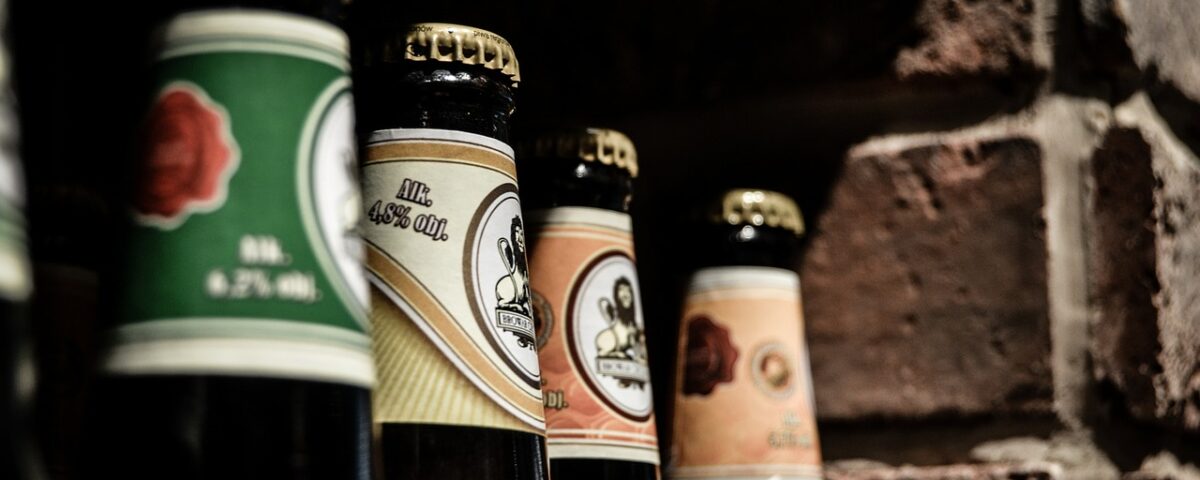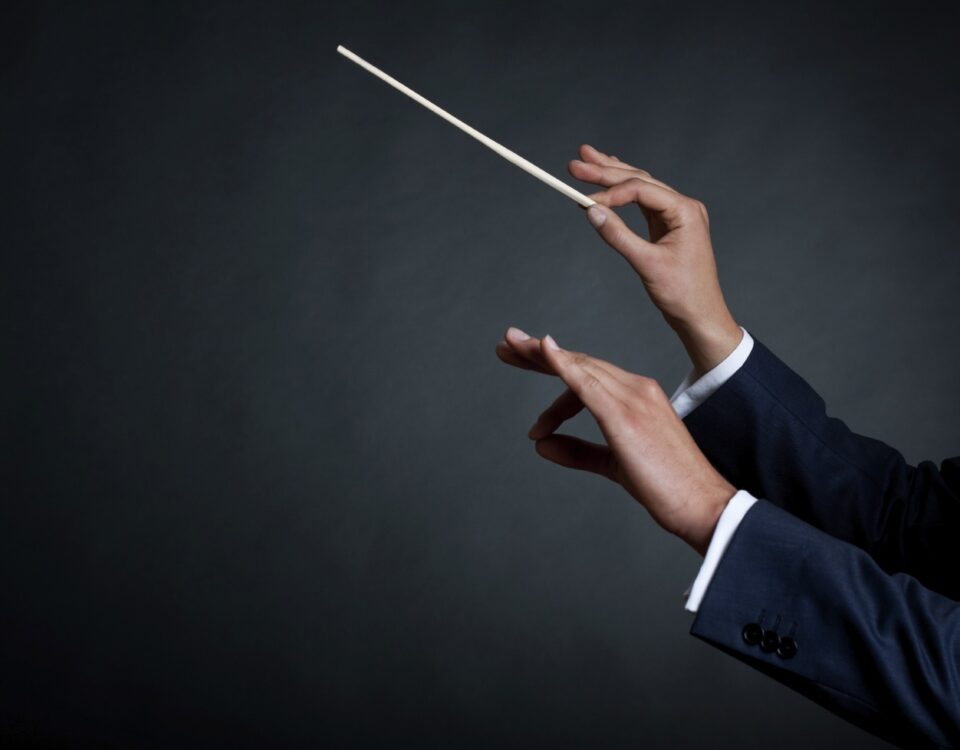
Why the U.K. Wants a Latte Levy
January 16, 2018
Government Shutdown Basics
January 18, 2018Because of some beer, a group of men said they were the victims of gender discrimination. The results were not quite what everyone expected.
This is the story…
The Oklahoma Beer Law
Oklahoma used to have a law that said an 18-year old woman could buy beer but the men had to be 21. Calling the law discriminatory, a man named Curtis Craig and the woman who owned the Honk n’ Holler took the state to court. The key issue? The 14th Amendment’s Equal Protection Clause.
The Honk n’ Holler was a drive-thru that sold beer, other drinks, some food. Located near Oklahoma State University, its clientele included many young girls who bought the beer their boyfriends needed for fraternity parties, homecoming, other college events. The case got started when an “under 21” college student decided to protest. He hired a lawyer and got the store’s female proprietor to join him. In 1976, they wound up in the Supreme Court.
Meanwhile, a young attorney at the ACLU, Ruth Bader Ginsburg (destined to become a Supreme Court Justice decades later), found out about the case. Working for the ACLU’s Women’s Rights Project, her task was to support gender equality through the courts. Seeing the Oklahoma case, she realized this male discrimination case was really about women too. She just had to get the court to decide that gender discrimination was unconstitutional. So she advised Craig’s attorney.
The clever part of her strategy is somewhat obvious when you look at who was a Supreme Court Justice in 1976. Because the court was composed of nine men, Ginsburg knew she had to select a case with facts that connected to their sex. They might not entirely grasp that protecting a woman’s femininity was discrimination. But buying beer was male discrimination they would get.
The Supreme Court in 1976:
The Craig v. Boren Decision
The Court concluded that Oklahoma violated the 14th Amendment’s Equal Protection Clause. Striking down the Oklahoma law, the decision raised the standard that could permit gender discrimination. Instead of having to pass a “rational basis” test, the criteria would be “intermediate scrutiny.” Because of Craig v. Boren it would be tougher to differentiate men and women because of traffic safety statistics and drinking habits.
Our Bottom Line: Stereotypes
In Craig v. Boren, a female stereotype was central to the beer law. The way young males acted precluded them from buying beer but not a “proper” young lady. Those views of women that relate to being moms, housewives, and well-behaved harm women in the workplace.
Because of the Oklahoma beer case, the stereotypes that diminished a woman’s equality at work would be tougher to perpetuate.
My sources and more: For a quick summary of the case, oyez.org is ideal. But what I truly recommend is this podcast from More Perfect. Listening, I just wanted to keep walking. From here, if you want to read more, the Women’s Rights Project is a possibility.
Please note that this post was sightly edited after publication. I had mistakenly labeled the Supreme Court images 1776 rather than 1976.
![econlifelogotrademarkedwebsitelogo[1]](/wp-content/uploads/2024/05/econlifelogotrademarkedwebsitelogo1.png#100878)






2 Comments
You named the man but you didn’t name the woman who held the liquor license. Why?
The vendor’s name was Carolyn Whitener. I suspect I left it out because adding her name made my sentence structure too complicated. Thanks for asking!